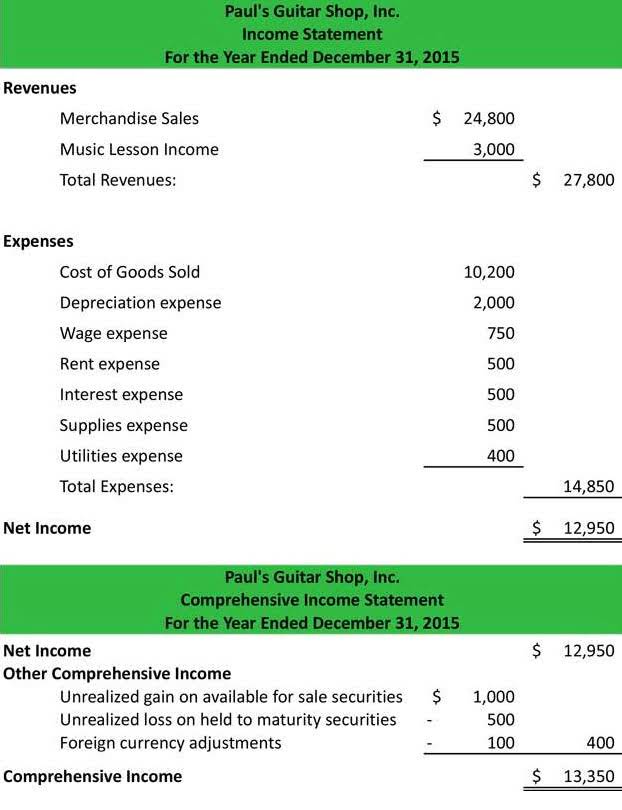Difference between shareholder’s equity and retained earnings

One of the figures that many analysts and investors use is the return on equity (ROE). In this article, we look at what ROE is, how to calculate it, and how it’s used when analyzing companies. On the other hand, the typically steady preferred dividend, par value, and liquidation rights make preferred shares look more like debt. The owner’s equity is recorded on the balance sheet at the end of the accounting period of the business. It is obtained by deducting the total liabilities from the total assets.
Sometimes, there are different classes of ownership units, such as common stock and preferred stock. Total equity is what is left over after you subtract the value of all the liabilities of a company from the value of all of its assets. The income statement //www.bookstime.com/ is a financial statement that reports the company’s earnings and expenses. ROE is a measure of the return generated from the company’s net assets. If ROE increases over time, the company is getting more efficient in generating profit from its net assets.
COMPANY
Although its amount shows the residual value of the business and may sometimes turn negative, it should not be taken as the sole measure in analyzing a company’s financial health. Other financial statements, such as income statements and cash flow statements, are necessary to paint an accurate picture of the company’s progress. A measure indicative of such progress is called the return on equity or ROE. This is calculated by dividing the net income (from the income statement) by the average shareholders’ equity.

When reviewing financial statements, information from shareholders equity is quite helpful. In liquidation situations, stock holders are paid last in line after total equity formula debt holders. Ever wondered how much cash you as a shareholder would get if a firm was dissolved, all of its assets were sold, and all debts were settled?
Total Equity Definition, Formula & Examples
The total liabilities have a higher value than total assets, so the answer is negative. This means that there is nothing left for the shareholders to share as the residual value of the company. The number of outstanding shares is not needed to calculate total equity value. Common stockholders will get the residual equity left after all creditors and preferred stockholders have been paid. Preferred stockholders get priority before the common shareholders get paid for any residual equity. Investors and analysts look to several different ratios to determine the financial company.
Large caps are mature companies; they may not offer the same growth potential, but they can offer stability. By owning stocks in each category, investors ensure a certain amount of diversification in assets, sales, maturity, management, growth rate, growth prospects and market depth. Market value of equity can be compared to other valuations like book value and enterprise value. A company’s enterprise value incorporates its market value of equity into the equation along with total debt minus cash and cash equivalents to provide a rough idea of a company’s takeover valuation.
Total Equity on a Balance Sheet
Corporations with shareholders may call Equity either Shareholders’ Equity or Stockholders’ Equity. Analysts and investors use this metric to determine if a company uses equity or investment cash to profit efficiently and effectively. For starters, shareholder equity tells you the total return on investment versus the amount invested by equity investors. This formula can give a slightly more accurate picture of what shareholders may expect if forced/decided to liquidate a company or exit.
- If the book value is above the market value of equity, however, it may be due to market oversight.
- The number of outstanding shares is not needed to calculate total equity value.
- The sum of the company’s liabilities is the next component of the equation.
- For starters, shareholder equity tells you the total return on investment versus the amount invested by equity investors.
- Investors often use ROCE instead of the standard ROE when judging the longevity of a company.
Debt, preferred stock, and minority interest are added as these items represent the amount due to other investor groups. Since enterprise value is available to all shareholders, these items need to be added back. The accounting equation is also called the basic accounting equation or the balance sheet equation.
